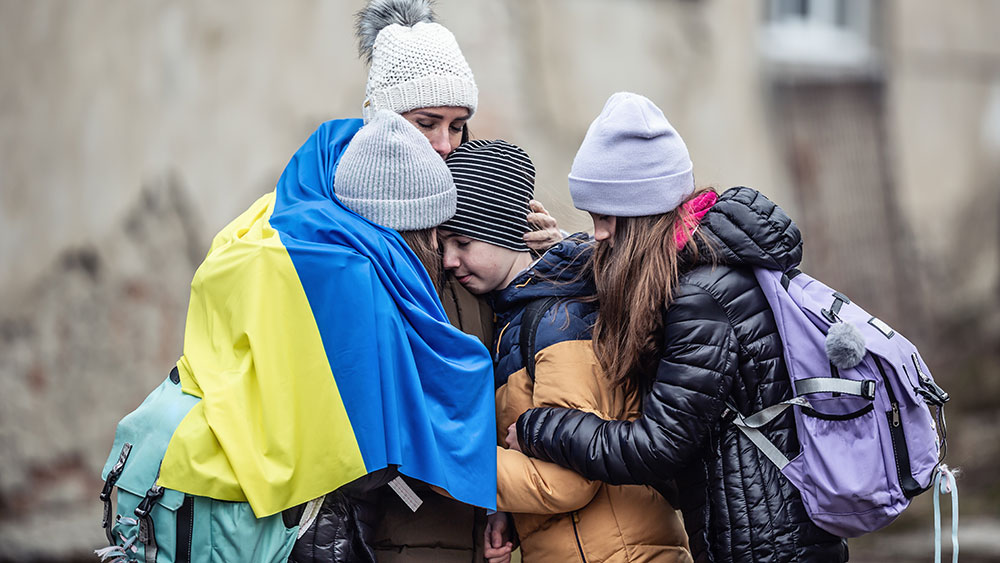
On 4 March 2022, just a week after Russia’s invasion of Ukraine, the EU activated the Temporary Protection Directive to support Member States in providing people who fled Ukraine access to education and training, the labour market, healthcare, housing and social welfare. So far, almost 4 million Ukrainians have registered for temporary protection.
Welcoming people fleeing the war with CARE
To support Member States in welcoming people fleeing the war, the Commission introduced maximum flexibility to mobilise unspent 2014-2020 cohesion funds. First, the Cohesion's Action for Refugees in Europe (CARE) entered into force on 9 April 2022 making available funding opportunities through European Social Fund (ESF), the European Regional Development Fund (ERDF) and the Fund for European Aid to the most Deprived (FEAD). Then, the Flexible Assistance to Territories (FAST-CARE) on 26 October 2022 increased the flexibility already granted by previous initiatives. Thanks to these, up to €17 billion have been made available. Financial questions linked to the support of Ukrainian refugees are well explained in this video. In addition, programmes under the 2021-2027 European Social Fund Plus (ESF+) investing in employment, education and social inclusion, as well as food and basic assistance for the most vulnerable are well underway.
Aid for displaced women and children
More than 7.8 million individual refugees from Ukraine have been recorded across Europe, mainly women, children and older persons. Russia’s war brought upheaval to the lives of all Ukrainians, with the biggest impact felt by displaced women and girls, who have been exposed to an increased risk of human trafficking. A particular gender dimension is therefore needed in terms of access to employment, health care services or housing, sometimes further exposing already vulnerable refugees to gender-based violence.
The Commission therefore encouraged Member States to use EU funding to set up integration policies and measures specifically adapted to the critical needs of displaced women, including the promotion of essential counselling and psychological support, as well as eventual access to education, training and employment. This video highlights the experiences of two Ukrainian women who arrived in Austria with their children and their journey to find work.
Projects in support of Ukrainian refugees
In Italy, projects in the Lazio region promote active inclusion and equal opportunities. They aim to improve chances to get a job and prevent social exclusion of migrants, including people fleeing Ukraine. A project in this region also sets out measures and guidance for female migrants and persons with disabilities, including on linguistic and cultural mediation.
Germany’s ‘Employment pilot for Refugees’ project in the state of Rhineland-Palatinate helps Ukrainians integrate into German society. The pilot is part of a larger programme covering most of the territory of the state.
The ‘Lubelskie Helps Ukraine’ project provides humanitarian aid, advice on dealing with everyday life and legal matters, as well as translation and interpretation services. The Lubelskie team organises group activities for children and teenagers and assists persons with disabilities. Anatolii from Ukraine, who is involved in the project, shares: ‘Thanks to the project I can work – and help other people at this hard time [...] My town is now under Russian occupation, and I can’t go back there. But I believe that one day my dream to go back will come true.’
Many more examples of projects funded by the ESF and FEAD, illustrate the CARE support provided to displaced people from Ukraine.



